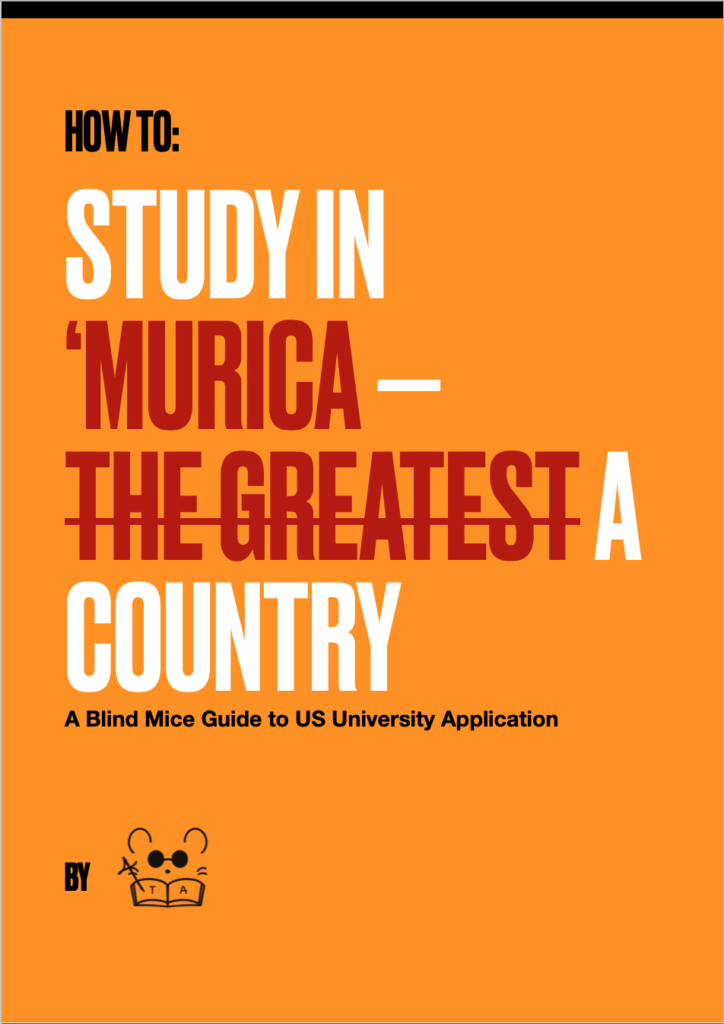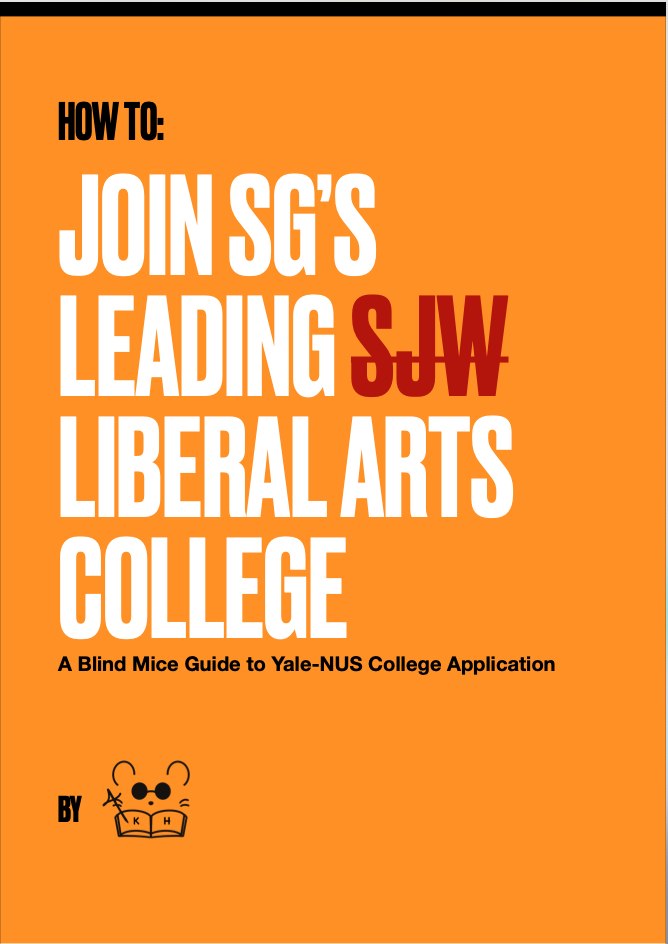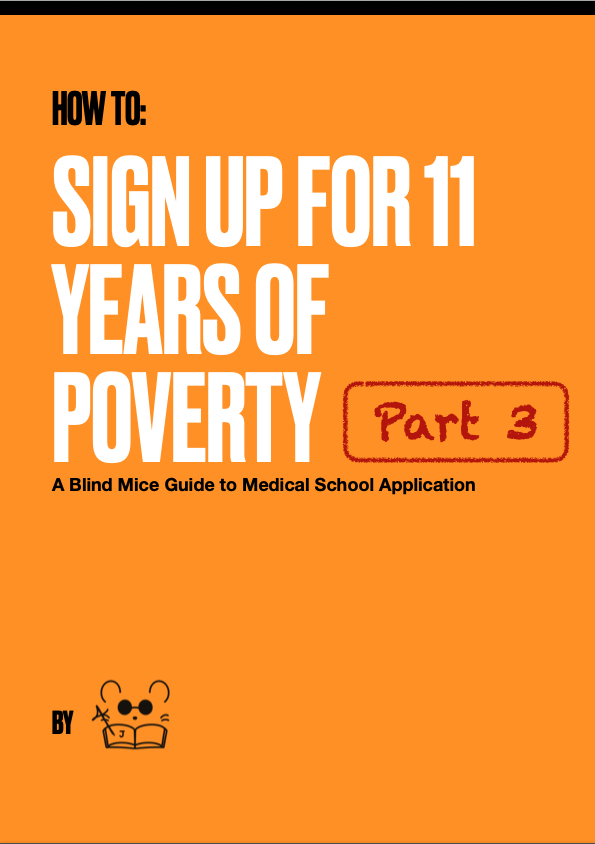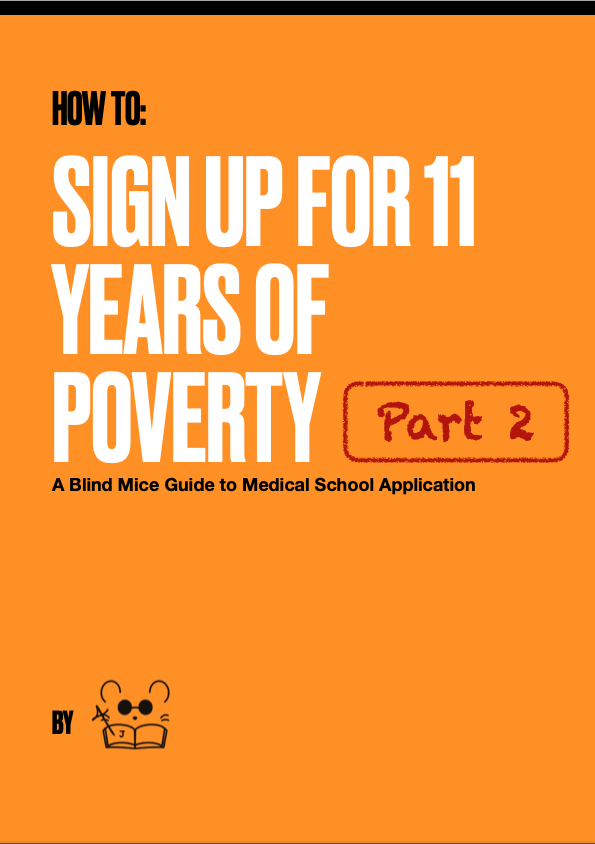Disclaimer:
TA is a polytechnic graduate and government scholar who is currently studying Liberal Arts in the US. She would like to add that the information presented is solely based on her personal experience and research. All advice given is in no way representative of the views of any institutions.
This article is an excerpt from the FBM US University Application Guide. To access the full content, download the full guide here.
There are thousands of universities in the US. Unlike in the UK, Singaporean institutes are less recognised, polytechnics less so. While JC and IB students have it easier, few schools in the US understand the polytechnic system, and when applying you will have to “translate” your years of poly education to fit into their framework. More on that later.
Among other things, US higher education institutes are known for their liberal arts education. Schools encourage students to take modules outside their intended major, and many have mandatory modules to encourage building a well-rounded foundation. For most universities, you only have to take a certain number of courses to finish your major (in my school the average is 9), giving you extra time to try other disciplines.
There are many different types of universities in the US, as found below:
| School Type | Explanation | Examples |
| Community colleges 2 years | Community colleges offer 2-year associate degree programmes, after which you can transfer to a 4-year university programme (to attain a bachelor’s degree). For example, a lot of students in California do this before transferring to one of the UCs (Universities of California) or Stanford if they don’t get in directly, as the success rates are much higher. This category includes technical colleges, which are similar to polytechnics for the US. | CUNY Stella & Charles Guttman Community College University of South Carolina – Lancaster Fox Valley Technical College |
| Public colleges & universities Generally 3-4 years | These schools usually receive funding from taxpayers and thus have cheaper fees than private colleges & universities (for e.g., state schools). However, they can set their own fees, so fees may drastically differ between institutions. (Colleges are generally smaller while universities are bigger, in terms of campus size, student population, and resources.) | University of Michigan The University of California schools (e.g., UCLA, UCB) University of North Carolina-Chapel Hill College of William & Mary |
| Private colleges & universities Generally 4 years | These schools don’t receive taxpayer money and thus usually have higher fees. They have more liberty to design their academic curricula as they wish. Private schools include: all 8 Ivy League schools, liberal arts colleges, and all church-affiliated colleges. Church-affiliated colleges have to be private as they get their funding from their sponsoring organisation, and because no public funding can be used for religious education institutions. | Private Universities: UPenn Stanford NYU John Hopkins Rice Duke Liberal Arts Colleges: Williams Harvey Mudd Amherst Church-affiliated Colleges: Pepperdine University Abilene Christian University |
| Minority colleges Generally 4 years | These kinds of schools are for those interested in a university experience surrounded by those of similar ethnic and cultural backgrounds. These institutions often have a large percentage of one minority, including Native American, African-American, Hispanic, or Asian. They also usually have a larger percentage of minority faculty than other schools. | Howard University Florida A&M University |
| Single-gendered colleges Generally 4 years | Up to a few decades ago, only men could attend college. Thus, colleges for only women were set up to provide a space for women to attend college without these restrictions. While most male-only universities eventually became co-ed, some also remained male-only (mostly Christian and Jewish religious schools). | Colleges for Women: Smith Bryn Mawr Barnard Scripps Wellesley |
Application Platforms
There are several different applications depending on the university you’re applying to.
- The Common Application – applies to over 800 colleges & universities
- The Coalition Application – applies to over 90 schools
- The Universal College Application – applies to 23 schools
College-specific applications – Many of the large public universities and state systems use their own applications exclusively. For example, The University of California System has its own application for its 10 campuses.
Different Rounds of Application
Early Decision (ED): You are only allowed to apply to one school – basically your top choice. If you are accepted the decision is binding and you must attend the school, so only go for ED if you’re very sure. Deadline is usually in November and you hear back by December. Three things can happen: 1) You’re accepted – then you have to go to that school no matter what, and withdraw other college applications that you applied to later.. 2) You’re outright rejected – then you cannot reapply to that school in later rounds. 3) Your application is deferred to the Regular Decision round – you will hear a definite decision from the school in March/April instead, and you are not bound to that school if they accept you. Some schools have ED I and ED II, to allow a longer period for applicants, but they’re the same thing.
Early Action (EA): This is the same as ED except you are not bound to the school if they accept you. If you want to attend the school, you only have to give your deposit the same time as you would for RD – May 1st. This is recommended for students who really love the school still but want to apply to other schools during RD to compare the financial aid packages offered by different schools.
Regular Decision (RD): When you apply to most schools. The deadline is usually in January and you receive results in March/April.
Rolling Admissions: Some schools may also have rolling admissions – for those, it’s better to apply sooner than later.




